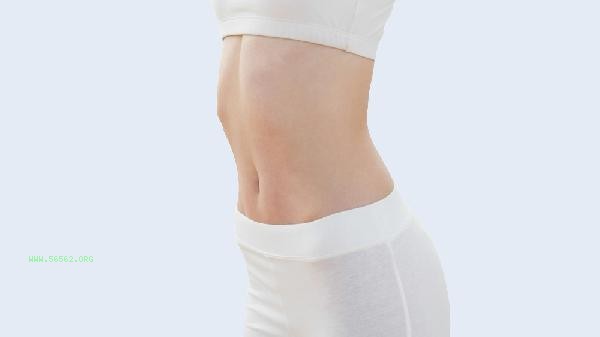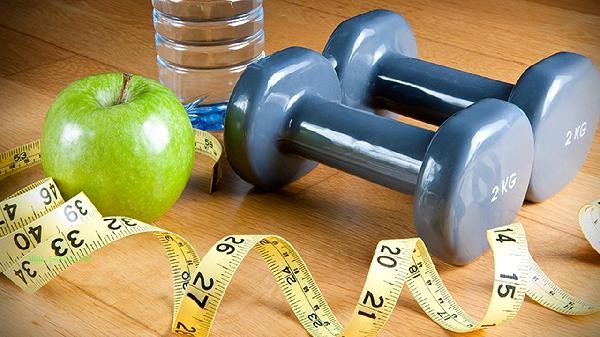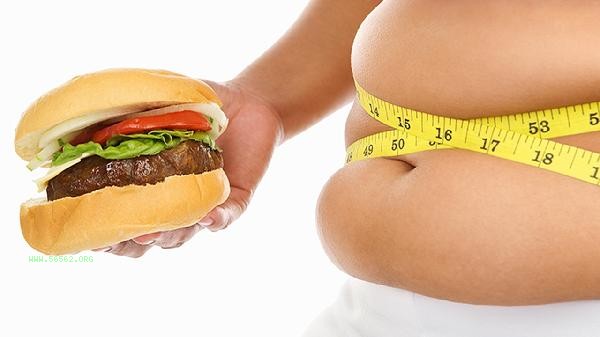During weight loss, it is recommended to control daily calorie intake between 1200-1500 calories, with specific values adjusted based on basal metabolic rate, activity intensity, and weight loss goals. The core principle of healthy weight loss is a daily calorie deficit of approximately 300-500 kcal, mainly determined through five dimensions: basal metabolic calculation, body fat percentage assessment, exercise expenditure compensation, dietary structure adjustment, and individual adaptability differences.

1. Basic metabolic calculation
The basic metabolism of adult females is usually 1200-1400 kcal, and that of males is 1500-1800 kcal. The Mifflin St Jeor formula can be used to accurately calculate: 10 x weight kg+6.25 x height cm-5 x age -161 for females, and 10 x weight kg+6.25 x height cm-5 x age+5 for males. When losing weight, the intake should not be less than 80% of the basal metabolic value to avoid triggering starvation mode and causing metabolic damage.
2. Body fat percentage assessment
Women with a body fat percentage of over 28% or men with a body fat percentage of over 20% can reduce the fat to energy ratio to 20% -25% in total calories. Individuals with high muscle mass should ensure a protein intake of 1.2-1.5 grams per kilogram of body weight to prevent muscle loss. Suggest determining body composition through bioelectrical impedance or skin fold thickness measurement, and adjusting the ratio of carbohydrates to proteins.
3. Exercise Consumption Compensation
High intensity exercise can increase daily calorie intake by 200-300 kcal, mainly through compound carbohydrates. Supplement 20-30 grams of whey protein within 30 minutes after strength training, with a focus on fast carbon supplementation after aerobic exercise. Use a sports wristband to monitor actual consumption and avoid overcompensation or underpayment.

4. Dietary structure adjustment
The daily allocation should be 3 main meals+2 additional meals, with breakfast accounting for 30% of calories and dinner not exceeding 25%. High quality protein is selected from chicken breast, shrimp, and tofu, while slow carbon is preferred from oats and brown rice. The dietary fiber is guaranteed to be over 25 grams. The main cooking method is steaming, boiling, stewing, and mixing, with cooking oil controlled within 20 grams.
5. Individual Adaptability Differences
Individuals with thyroid dysfunction should increase their intake of 100-150 calories, and menopausal women should increase their intake of calcium and vitamin D. People with insulin resistance should reduce their blood sugar load and concentrate their intake of carbohydrates before and after exercise. It is recommended to evaluate weight changes and physical sensations every two weeks and dynamically adjust the plan. When implementing heat control, it is necessary to cooperate with regular monitoring, and it is advisable to lose no more than 1 kilogram per week. When there are persistent signs of fatigue, hair loss, menstrual disorders, etc., the diet plan should be adjusted immediately. It is recommended to prepare a food scale and a food record app to accurately grasp actual intake. At the same time, maintain 150 minutes of moderate intensity exercise per week, with strength training 2-3 times a week, and evaluate the effect through changes in body composition rather than just weight numbers. Long term low calorie diet may trigger metabolic adaptation, and one week of dietary leave can be arranged every three months to increase intake to a maintenance level.









Comments (0)
Leave a Comment
No comments yet
Be the first to share your thoughts!